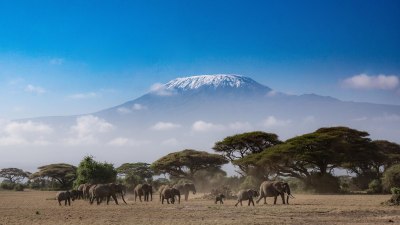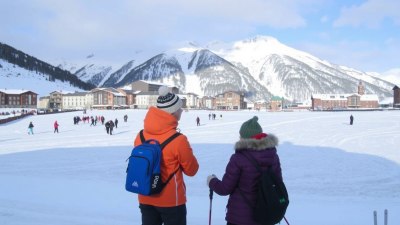How to Plan a 3-Day Safari Trip in Kenya
Explore essential tips for planning an unforgettable 3-day safari in Kenya.

Planning a 3-day safari trip in Kenya is an exciting endeavor that allows travelers to immerse themselves in the breathtaking landscapes and diverse wildlife that the country has to offer. This guide will walk you through the essential steps and considerations for crafting a memorable safari experience.
Choosing the Right Time to Go
The timing of your safari can make a significant difference in your experience. The best time to visit Kenya for a safari is during the dry seasons, which typically occur between June to October and January to February. During these months, animals are easier to spot as they gather around watering holes, and the weather is generally more pleasant.
Deciding on Safari Destination
Kenya boasts several world-renowned national parks and reserves. Some of the top choices for a 3-day safari include:
- Maasai Mara National Reserve: Famous for the Great Migration and incredible wildlife viewing.
- Amboseli National Park: Known for its stunning views of Mount Kilimanjaro and large herds of elephants.
- Lake Nakuru National Park: Famous for its flamingos and diverse bird species.
- Tsavo National Park: One of the largest parks, offering unique landscapes and wildlife.
Your choice will depend on your interests—whether you're keen on seeing the 'Big Five' or are more fascinated by birdwatching and scenery.
Budgeting for Your Safari
Budget is a crucial consideration when planning your safari. Your expenses will include park fees, accommodation, meals, transportation, and activities. Research different safari packages, as they can vary widely in cost. Budget options can be found if you're willing to stay in camps or lodges, while luxury safaris offer premium lodgings and amenities.
Selecting Accommodation
Your accommodation will significantly impact your overall experience. Options range from camping in the wild to luxurious lodges with breathtaking views. Here are a few options:
- Luxury Lodges: Offers top-class accommodations, fine dining, and guided tours.
- Mid-range Camps: Provide comfort and necessary amenities, often in close proximity to wildlife.
- Budget Camping: Ideal for adventurers, offering basic facilities and a closer connection to nature.
Ensure your accommodation is strategically located to allow for easy access to wildlife sightings, especially at dawn and dusk when animals are most active.
Transportation Arrangements
Getting around during your safari is vital to your trip experience. You can choose from several transportation options:
- Self-Drive: Offers flexibility but requires familiarity with local driving conditions.
- Guided Safaris: A great choice for first-timers; a knowledgeable guide can enhance your experience significantly.
- Air Travel: Many parks can be reached via domestic flights, saving time and providing unique aerial views.
Whichever option you choose, ensure it's safe and convenient to maximize your wildlife viewing opportunities.
Planning Your Itinerary
For a fulfilling 3-day safari, a well-structured itinerary is key. Consider the following example:
Day 1: Arrival and Afternoon Game Drive
Arrive in your chosen park or reserve and check into your accommodation. After settling in, embark on an afternoon game drive exploring the local wildlife and landscapes. Make sure to bring your camera for the stunning views and animal sightings.
Day 2: Full Day of Safari Activities
Start your day early with a sunrise game drive. These early hours are ideal for spotting wildlife such as lions, leopards, and elephants. Return to your lodge for breakfast and relax before embarking on a second game drive in the afternoon. Some parks offer guided walks or village visits, allowing for cultural immersion.
Day 3: Morning Game Drive and Departure
Preparing for Your Safari
- Packing Essentials: Include binoculars, a camera, lighter clothing, a hat, sunscreen, and insect repellent.
- Fitness Levels: Although safari drives can be comfortable, some activities, such as walking safaris, require a reasonable level of fitness.
- Health Precautions: Consult with your doctor regarding vaccinations. Malaria prophylaxis is often recommended.
Being prepared will enhance your experience and ensure you're protected from any potential hazards.
Wildlife Etiquette and Safety
- Keep a Safe Distance: Enjoy wildlife from a responsible distance to avoid disturbing them.
- Listen to Your Guide: They are trained to ensure both your safety and the animals' welfare.
- No Food Sharing: Animals can become aggressive if they associate humans with food.
By understanding these principles, you contribute to wildlife conservation and a sustainable tourism industry.











